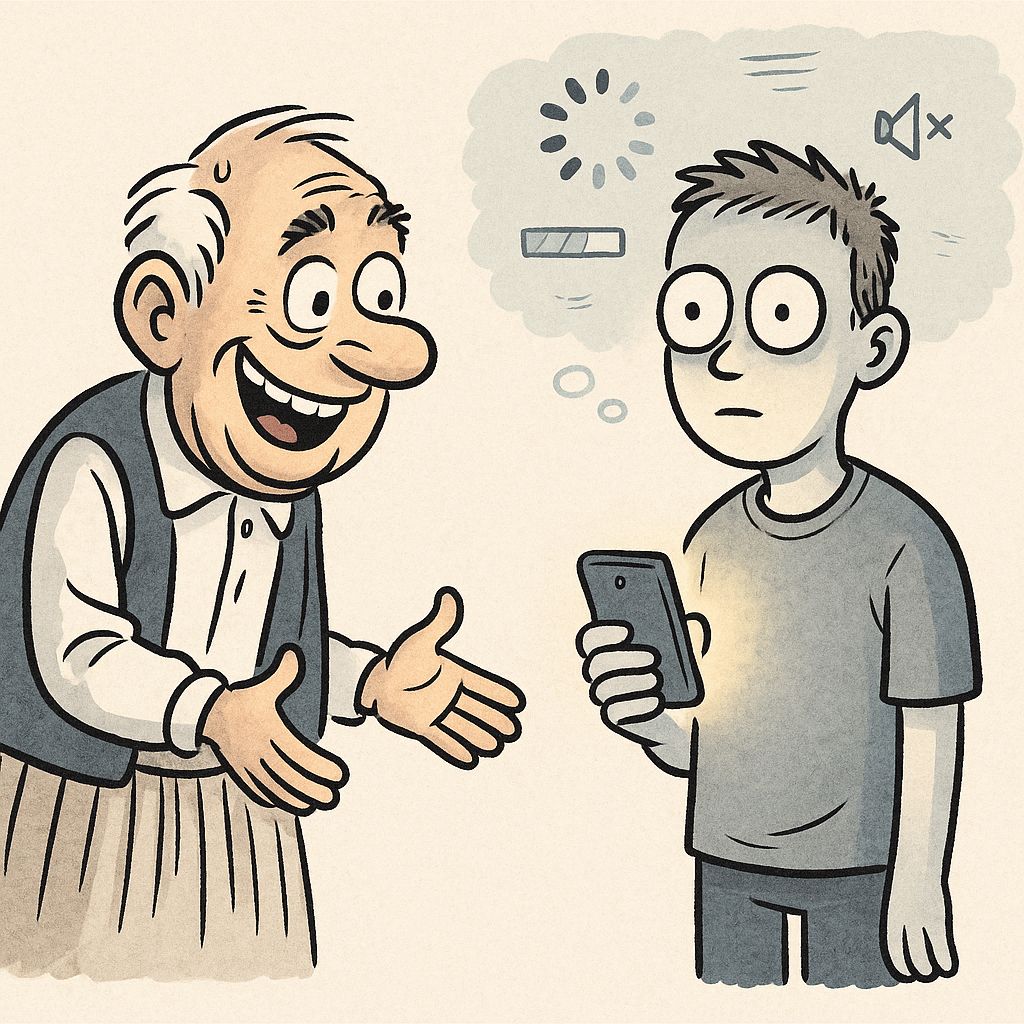Spotting the Gen Z Stare: New Norms for a New Era
Welcome to the frontier of human connection – where the “Gen Z stare” isn’t just a meme, but a signpost pointing to how digital natives are rewriting communication. Picture a moment when a young adult meets your gaze, calm and expressionless, holding eye contact but breaking the old rhythm of nods and quick smiles. It’s not rudeness – it’s a signal of a world where presence is being redefined, driven by tech, wellness, and new cultural priorities.
Why the Gen Z Stare Happened: Tech, Brains, and the Great Pause
Let’s break it down:
- Digital Upbringing: Growing up with screens isn’t just about swiping. Gen Z learned to observe, scroll, and absorb – often with minimal feedback. The pandemic amplified this, making chat windows and silent video calls the default “face-to-face.”
- Brain Wiring: Science is catching up to what’s happening in real time: heavy digital use during key developmental windows tweaks how we process social cues – sometimes making traditional small talk feel foreign.
- Social Media Flow: Platforms like TikTok, Instagram, and livestreams train us to watch, not always to comment. Observing without responding is normalized, and that carries over into offline life.
- Isolation Reset: Lockdowns limited organic hangouts and spontaneous conversations. Gen Z’s social toolkit got built differently.
When Generations Meet: Navigating New Workspaces
For those who grew up with handshakes and watercooler banter, the Gen Z stare can feel unsettling. In many workplaces, these shifting norms have created friction. Some organizations are adding soft skills workshops or explicit etiquette training to help everyone sync up. The opportunity: bridge the gap, not judge it.
Wellness, Sober Curiosity, and Real Connection
Gen Z is all-in on authenticity and wellbeing. The rise in sober-curiosity is less about abstention and more about optimizing mind and body for peak performance and genuine presence. The blank stare, then, might be less about disengagement and more about focusing on real connection – ditching performative pleasantries for direct, intentional presence.
Future-Ready Tools and Habits
- Mindful Communication Apps: Tools like Headspace or Calm can help anyone (not just Gen Z) build presence and manage social anxiety before high-stakes conversations.
- Digital Detox Practices: Scheduling “off-screen” micro-moments in meetings or social settings helps rewire comfort with in-person cues.
Social Skills: The Recovery Perspective
For Gen Zers recalibrating after substance use or simply seeking more fulfilling habits, rebuilding face-to-face skills is vital. Institutes and support networks can leverage bite-sized digital skill-building modules (think interactive AR roleplay or guided group sessions) to boost confidence and comfort in live social settings.
Looking Ahead: The Optimistic Roadmap
Every generation retools the social playbook. The Gen Z stare is just the latest update in our shared operating system. The future? Let’s meet it with empathy, curiosity, and a commitment to grow together. Whether you’re Gen Z or not, challenge yourself: try intentional eye contact, embrace authenticity, and harness tech to support – not replace – real connection.
Tomorrow’s leaders will be those who blend digital savvy with human warmth. The Gen Z stare? It’s just the beginning.



